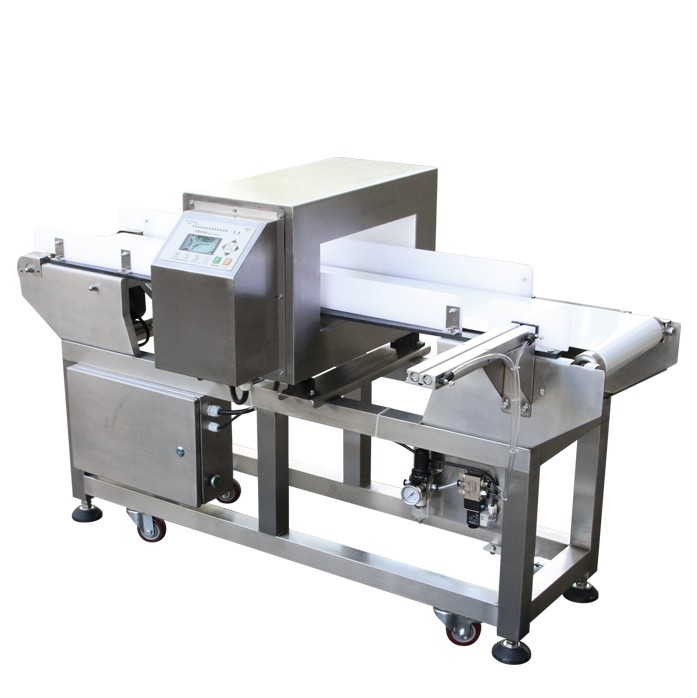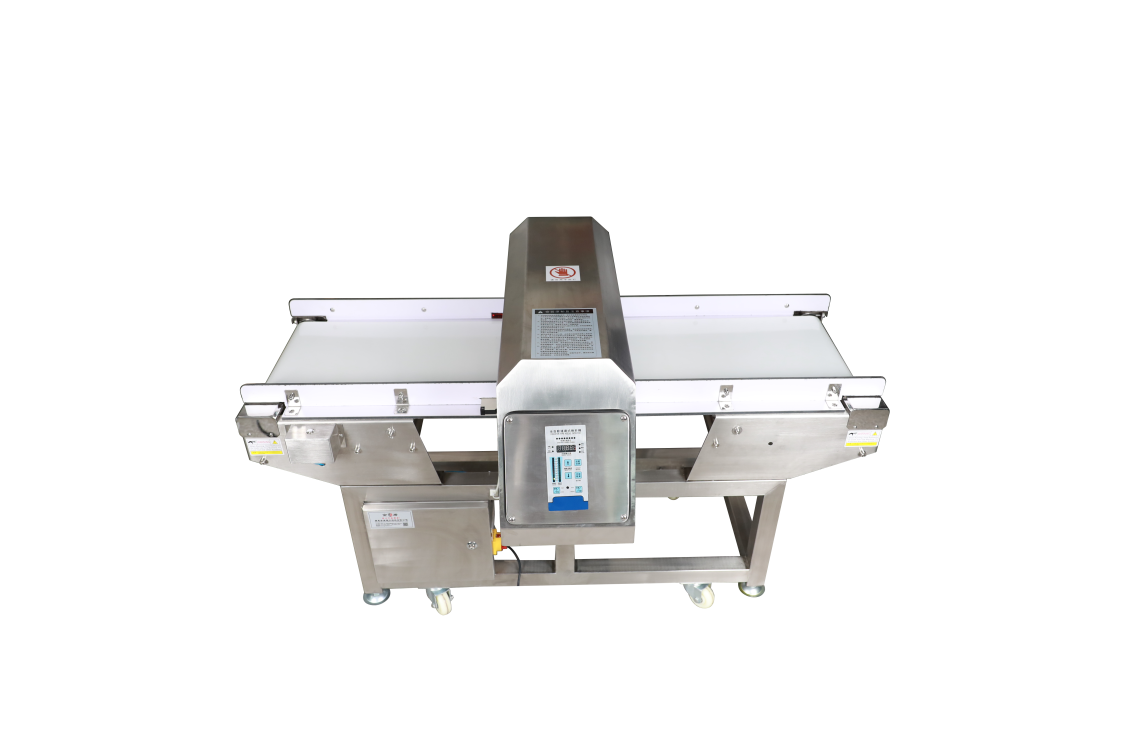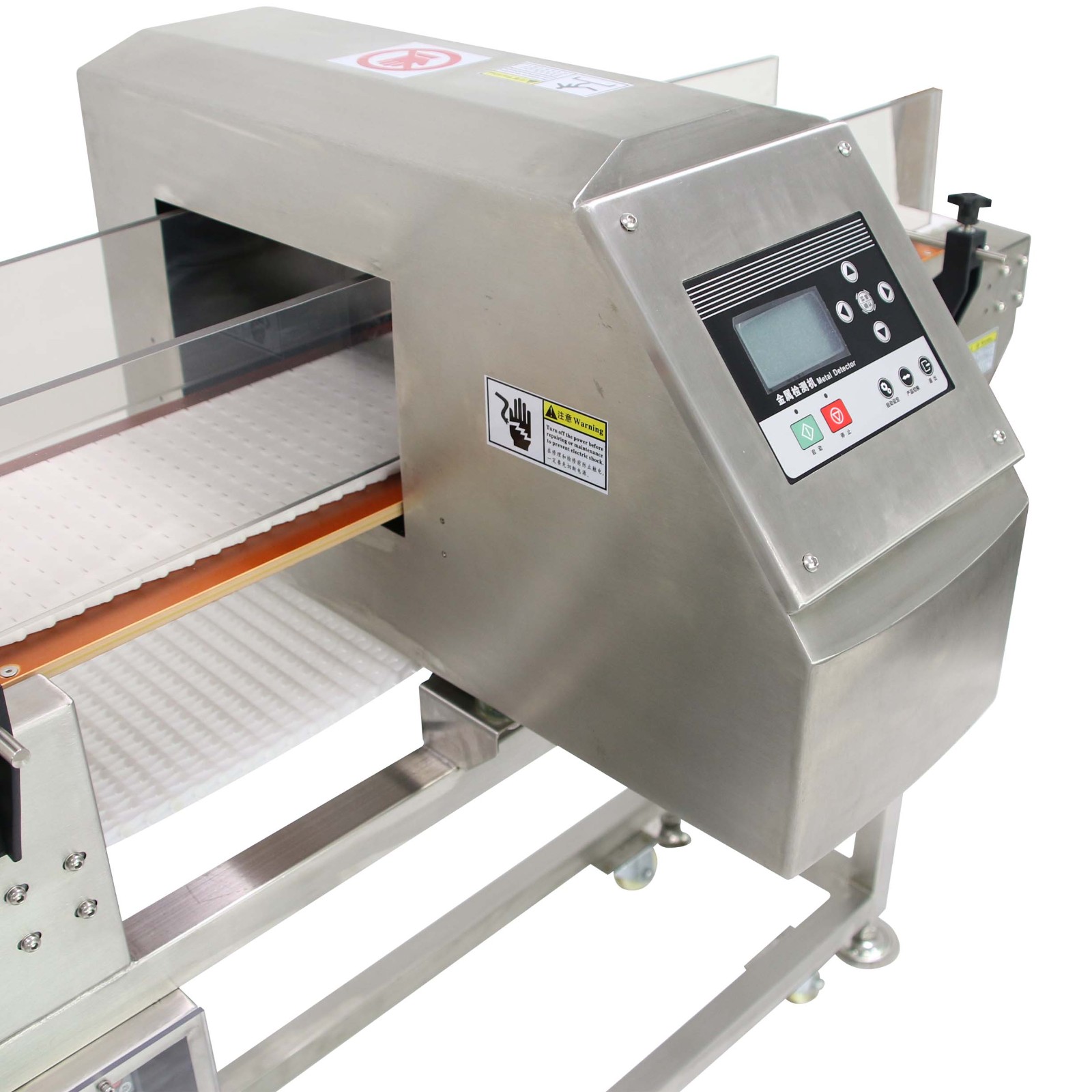metal detectors in bulk products
Metal detection in food processing
Metal detection equipment, metal detection machine
Metal detection is the process of detecting the presence of metal (typically, metallic) contaminants in solid foods or liquids. In the case of liquids, a magnetic field is used to attract ferrous metal particles, which can then be detected by means of an instrument with a sensor. This instrument may be hand-held or stationary and can be designed to detect large or small particles.
Metal detectors are also used to detect metal objects hidden under clothing. Some metal detectors are designed to detect specific metals such as gold or silver; others may be able to detect all metals.
Metal detection in food processing is a crucial part of ensuring your product is safe for human consumption.
Metal detection equipment can help you ensure that the food you're producing is free of potentially dangerous contaminants, and it can also help you improve your overall production quality.
With metal detection machines, you'll be able to detect even the smallest amounts of metal or other contaminants in your product. You'll also be able to detect them before they reach consumers, so they don't go through any unnecessary illnesses or injuries.
Metal detection in food processing is an important part of safety and compliance.
The most common type of metal detection equipment used in food processing is the x-ray machine. This type of machine uses x-rays to create an image of a product that has been placed on a conveyor belt or conveyor belt system. The x-ray machine will then produce an image of the product and any foreign objects that might be present inside it.
X-ray machines are very effective at detecting all types of metals, including aluminum, copper, lead, and tin. These machines can also detect other materials like plastic and paper products as well as wood products such as wooden boards or pallets.
There are several different types of x-ray machines available on the market today including hand held units that can be used by employees working in production areas where there isn't much space available for using larger models such as those found within warehouses where large quantities of raw materials are stored until they're ready for use during production runs without having to keep them stored elsewhere beforehand (such as in another warehouse location etc.).




